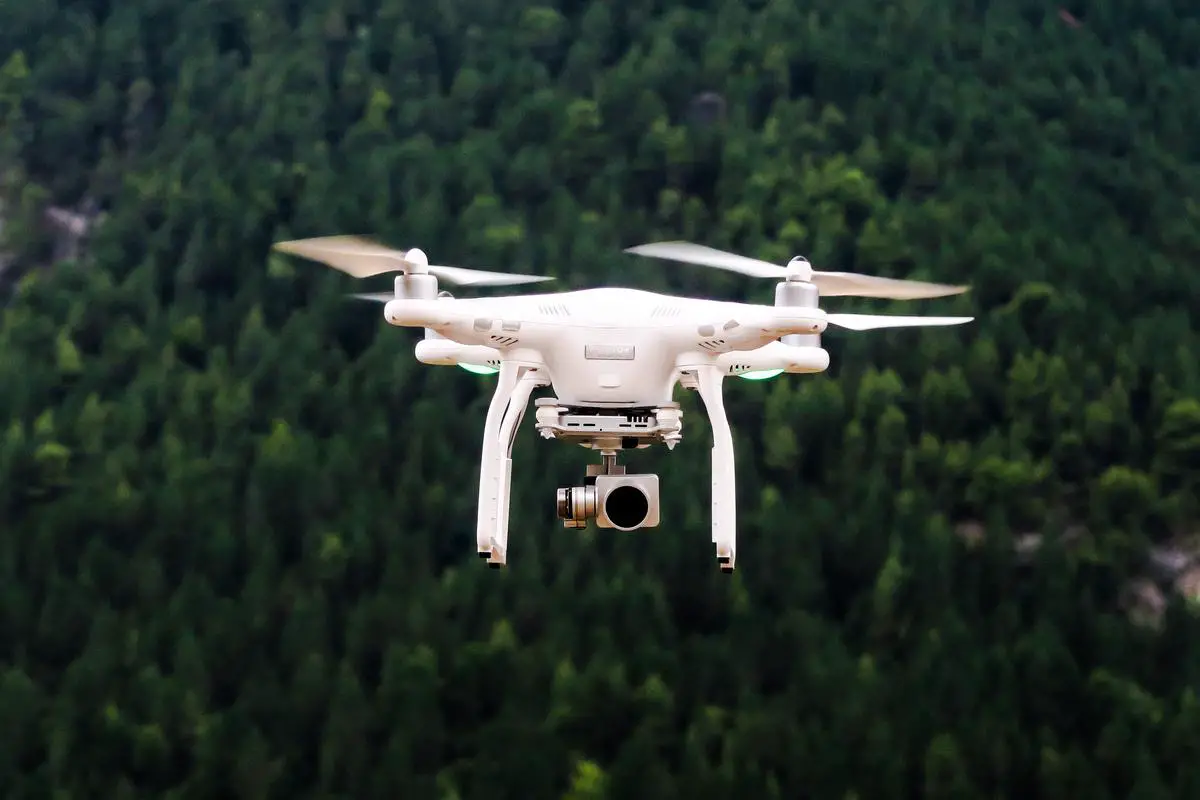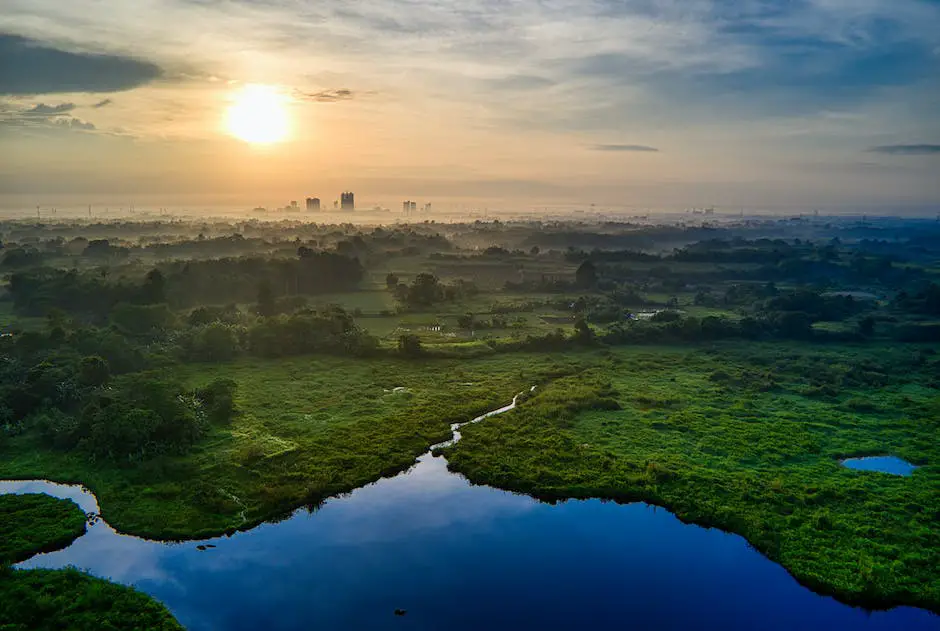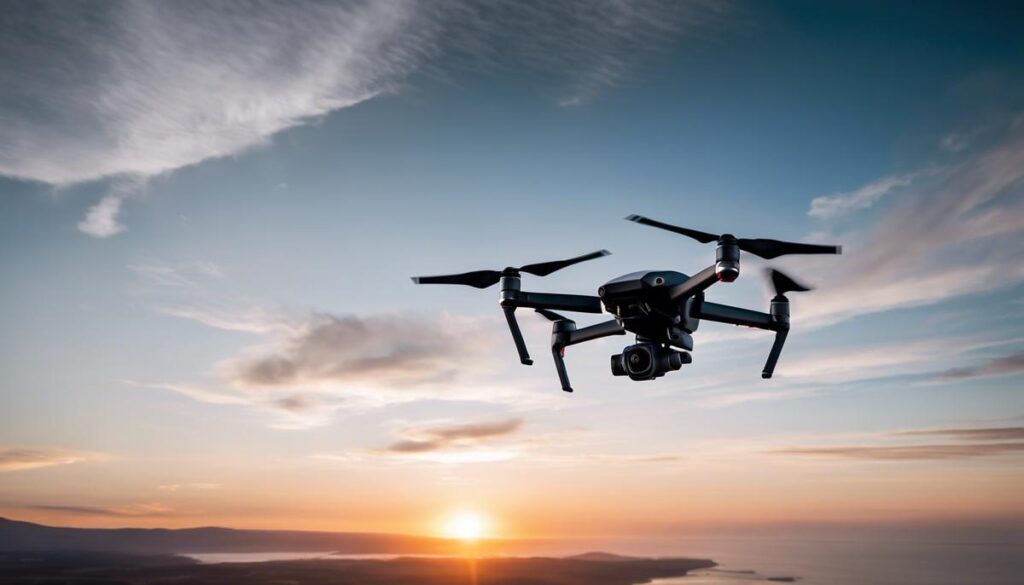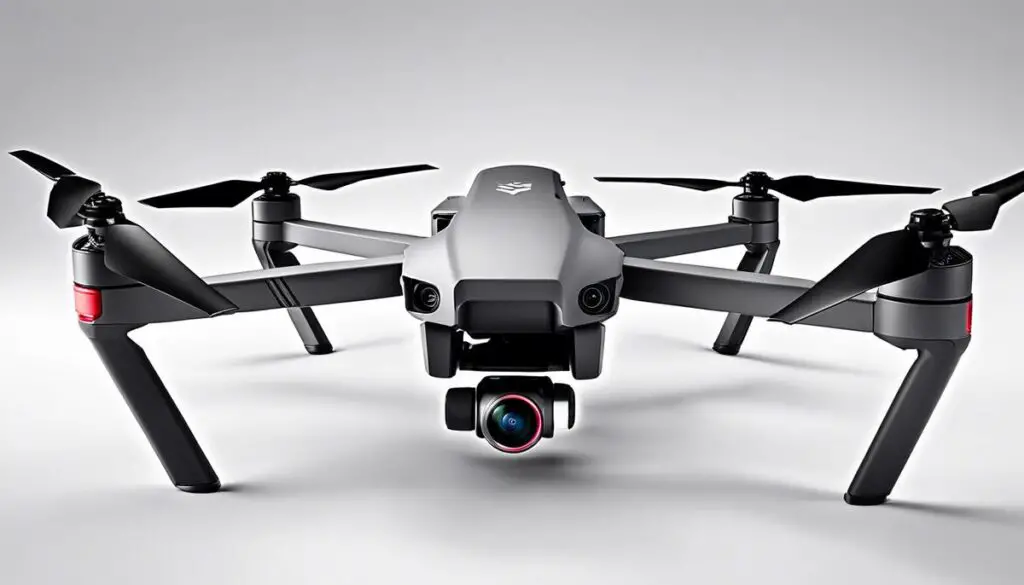As an enthusiast or hobbyist who’s looking to delve into aerial photography with drones, it’s essential to understand the intricacies of drone insurance. This critical aspect of your hobby or business venture ensures that you’re protected from potential accidents, property damage, and liability risks associated with drone use.
Understanding the Need for Drone Insurance
As a photographer who uses drones for commercial purposes, it’s essential to understand the need for drone insurance. Insurance coverage can not only protect you from the financial consequences of potential accidents but also provide a sense of security when operating such expensive and delicate equipment. Whether you’re a seasoned professional or a hobbyist trying to break into the industry, protecting your investment in your drone and equipment should be a top priority.
Drones, like any other piece of technology, can malfunction or be involved in accidents. The risks can vary from crashing into a building or tree to causing injury to people below. In addition, you may accidentally damage or destroy another person’s property, leading to costly repairs and potentially damaging your reputation as a professional photographer. Drone insurance coverage helps to mitigate these risks by providing coverage for property damage, bodily injury, and other liabilities associated with the operation of your drone. With the right insurance policy, you can assure clients that you take their safety and the safety of their property seriously.
As an enthusiast or hobbyist looking to become skilled in drone insurance for photographers, it’s important to understand the critical role this coverage can play in protecting your business. One major concern for drone operators is the potential for privacy or data breach incidents. As a commercial drone operator, collecting sensitive information through photos or videos taken during flights can inadvertently lead to such breaches. If this data falls into the wrong hands or is misused, you could be held liable for potential legal claims. Drone insurance can cover defense costs and settlements associated with lawsuits stemming from privacy and data breach incidents. Securing appropriate insurance coverage can provide you and your clients with peace of mind when using drones for your photography business.

Photo by jeisblack on Unsplash
Types of Drone Insurance Policies
To further protect your photography business, consider obtaining liability coverage, an essential type of drone insurance policy. Liability coverage shields the policyholder against claims related to bodily injury or property damage caused by their drone operations. Accidents can happen, and liability coverage ensures that potential legal and medical expenses will be covered. Insurance providers offer various levels of liability coverage, allowing photographers to select the appropriate amount of protection based on the size, scope, and location of their drone activities. By understanding and obtaining the right policies, you can be better prepared as you continue honing your drone photography skills.
Another type of drone insurance is hull coverage, which is designed to protect the drone itself against damages or loss. This is particularly important for photographers who have invested in expensive drone equipment, as hull coverage can cover the cost of repairing or replacing a damaged drone. Hull coverage may also include protection against theft, vandalism, and natural disasters such as fires or floods. It is crucial for photographers to carefully review the specific terms and conditions of their hull coverage policy, as different providers may offer different levels of protection or various exclusions.
For photographers utilizing drones to capture stunning aerial imagery, payload coverage is a valuable type of drone insurance policy to consider. Payload coverage specifically protects the equipment attached to the drone, such as cameras, lenses, gimbals, or other essential gear. In the event of an accident, this coverage can save photographers from incurring the costs of repairing or replacing damaged equipment. Drone insurance policies can also include personal injury coverage, providing protection in case the photographer or their assistants are injured while operating the drone. This added safety net alleviates financial concerns, allowing photographers to focus on capturing breathtaking visuals without constant worry.

Factors to Consider when Choosing a Drone Insurance Policy
Before selecting a drone insurance policy, it’s crucial for photographers to carefully evaluate the coverage limits. These limits indicate the maximum amount an insurance company will pay for a specific claim or incident. As a drone photographer, it’s essential that your policy’s coverage limit adequately protects you against a range of risks, including damage to your drone, injuries to third parties, and property damage. Additionally, you may want to explore obtaining separate coverage for your drone photography equipment, as some policies may only cover the drone itself.
Another critical factor to consider when selecting a drone insurance policy is deductibles. Deductibles are the amount you are required to pay out-of-pocket before the insurance company starts to cover costs. You should be aware of the deductible amounts and ensure they are financially feasible for you. Higher deductibles usually result in lower premiums; however, you should strike a balance between affordable deductibles and adequate coverage.
In addition to coverage limits and deductibles, it is essential to be aware of any policy exclusions. Exclusions are specific situations or instances that the insurance policy does not cover. For example, a policy may not cover damages incurred during drone races or aerial stunts, which may not be relevant to a photographer. You should carefully read the policy’s terms and conditions to ensure that there are no surprising exclusions that could cause you to lose out on the coverage you need.
Choosing the right insurer is crucial when it comes to drone insurance for photographers, as it is essential to find a company experienced in this niche field. Such insurers are more likely to understand the unique risks and challenges associated with drone usage. Be sure to research different insurers’ reputations and customer satisfaction levels before making a decision. By considering these factors, photographers can find the most suitable drone insurance policy that meets their specific needs and requirements, ensuring ample protection while working and flying a drone.

Photo by jeisblack on Unsplash
Insurance for Recreational Drone Users vs. Commercial Drone Users
The world of drone insurance is divided into two primary categories: recreational drone users and commercial drone users, such as aerial photographers. The primary distinction between these groups lies in FAA regulations, which require commercial drone operators to obtain a Part 107 Remote Pilot Certificate (formerly known as a Section 333 Exemption) to ensure adherence to specific safety and operational guidelines. In contrast, recreational drone users face fewer regulations but must still comply with basic safety guidelines. Understanding these differences is essential for photographers seeking comprehensive insurance coverage that caters to their individual needs.
Commercial drone users, especially aerial photographers, also have different insurance needs compared to recreational drone users. Typically, commercial drone operators are required to obtain commercial drone insurance, which provides coverage not only for damage to the drone itself, but also potential liabilities that may arise during commercial operations. Such insurance policies may include coverage for property damage, third-party injuries, invasion of privacy claims, and even business interruption. On the other hand, recreational drone users are more likely to rely on their homeowner’s or renter’s insurance policies to cover potential damages or losses. However, the coverage offered by these policies might be limited, and additional drone-specific insurance might be necessary for complete protection.
Aerial photography enthusiasts or hobbyists often work with clients who have specific requirements and contractual stipulations regarding insurance coverage. As a result, it may be necessary for these drone pilots to obtain additional coverage or adjust their existing policies to meet these needs. Both commercial and recreational drone pilots must research and understand the various insurance options available to them, taking into consideration their specific requirements and the risks inherent in their drone operations. This understanding not only ensures adequate financial protection in case of accidents but also prevents potential legal disputes in the future.

Tips on Reducing Drone Insurance Costs
To ease the financial burden of drone insurance for photographers, maintaining a clean flight history is crucial. Operating your drone safely and avoiding any accidents or violations showcases to insurers that you are a responsible and low-risk pilot. Regular maintenance and inspection of your drone, coupled with documentation of any repairs, contribute to more affordable insurance premiums. Furthermore, staying informed on the latest regulations and guidelines concerning drone operations helps to minimize the risk of fines or damages, further reducing insurance costs.
Obtaining proper certifications and training can also help in lowering drone insurance rates for photographers. By earning specific credentials, such as a Part 107 Remote Pilot Certificate from the Federal Aviation Administration (FAA) in the United States, you will display commitment to safe and responsible drone operation. This can translate to better insurance rates as insurers may see you as a lower risk candidate. Always be sure to keep your certifications updated and take any relevant additional courses to maintain your skills.
Lastly, implementing safety measures and exploring discounts are two more ways to minimize drone insurance costs. Some insurers may provide discounts for drone pilots who invest in safety equipment, such as geo-fencing technology or additional sensors to aid in obstacle avoidance. Research available discounts and offers from various insurers to find the best policy for your specific needs. In certain situations, it might also be appropriate to consider self-insurance, where you set aside funds specifically for potential drone-related expenses instead of relying on an insurer. However, this option should be carefully considered and evaluated against the potential risks, costs, and benefits associated with drone photography operations.

By understanding the fundamentals of drone insurance, you’ll be better equipped to find a coverage plan that best fits your needs as an aerial photographer. With the right policy in place, you can confidently embark on your drone photography journey, knowing that you’re protected from any unforeseen challenges that may arise. Remember, a well-informed decision will lead to peace of mind, allowing you to focus on what matters most – capturing breathtaking moments from the skies.
Originally posted 2023-05-28 02:23:03.


